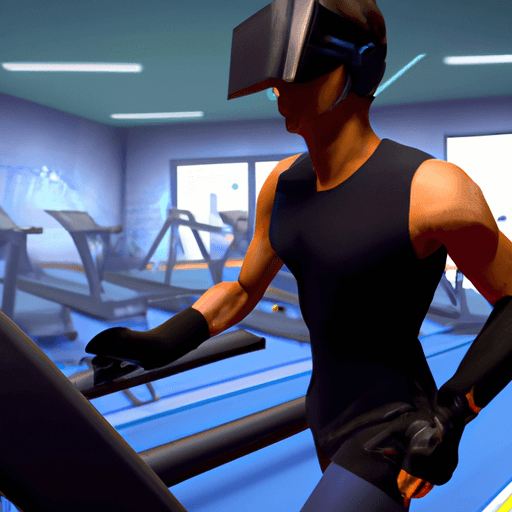The Significant Impact of Virtual Reality in Sports: An Insight into Training and Rehabilitation
Virtual Reality (VR) technology has made remarkable strides into various fields in recent years, but its influence on sports- particularly in training and rehabilitation, is unprecedented. This technology, combined with advances in biomechanics and neurophysiology, revolutionizes how athletes train, recover, and improve their performance.
The Revolution in Training
VR technology allows athletes to virtually recreate their sports environment, permitting them to train in a variety of situations and circumstances without leaving their training grounds. This can range from a quarterback rehearsing plays in a digital football field to a ski racer practicing downhill runs on a simulated snow course. Translating these experiences into real-life actions leads to improved skills and refined techniques.
Renowned Stanford University's Virtual Human Interaction Lab conducted a study by employing VR headsets to train football players. The results revealed significant improvements in the players' understanding of gameplay and their decision-making abilities on-field. The advanced training methodology offered by VR has bridged the gap between physical practice and theoretical understanding – enabling athletes to train smarter and more efficiently.
The Role in Rehabilitation
Apart from enhancing performance, VR is a powerful tool in the sphere of injury rehabilitation. It allows therapists to create controlled virtual environments, helping athletes overcome physical and psychological hurdles during their recovery process.
A case study from the University of Southern California's Institute of Creative Technologies presented a paraplegic athlete with a VR headset to regain his walking ability. Through repeated use, the patient was able to visualise and control his leg movements, eventually leading to a significant improvement in his physical condition.
According to Dr Robert Sallis, a sports medicine physician and former president of the American College of Sports Medicine, Virtual reality provides a safe environment for patients to confront their fears and challenges, making the recovery process more manageable and less intimidating.
Looking Into The Future
As the technology advance, the future of VR in sports seems both intriguing and promising. There is a potential for VR to be used in sports broadcasting, offering viewers a front-row perspective, or even placing them in the shoes of their favourite athletes. Moreover, Mixed Reality setups, a blend of VR and Augmented Reality, could offer athletes a more realistic training environment.
The integration of AI and machine learning with VR could provide personalized training modules for athletes, taking into account their strengths, weaknesses, and injury history. As Dr Michael Casale, a neuroscientist and the Chief Science Officer at StriVR, puts it, “The future of VR in sports is poised at the edge of a new frontier. As we continue to learn and adapt, the possibilities are virtually endless - pardon the pun.
In conclusion, VR indeed holds the potential to revolutionize the sports industry. As we continue to explore this technology's full capacity in training and rehabilitation, VR will continue to play an increasingly crucial role in shaping the future of sports.


















Comments
Leave a Comment